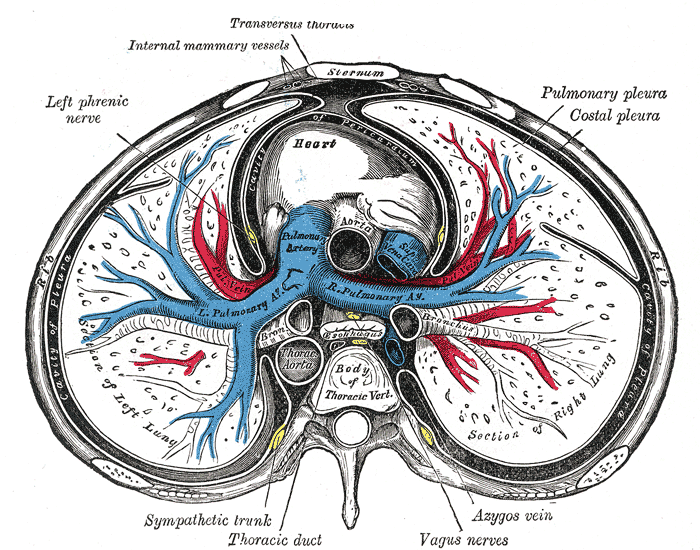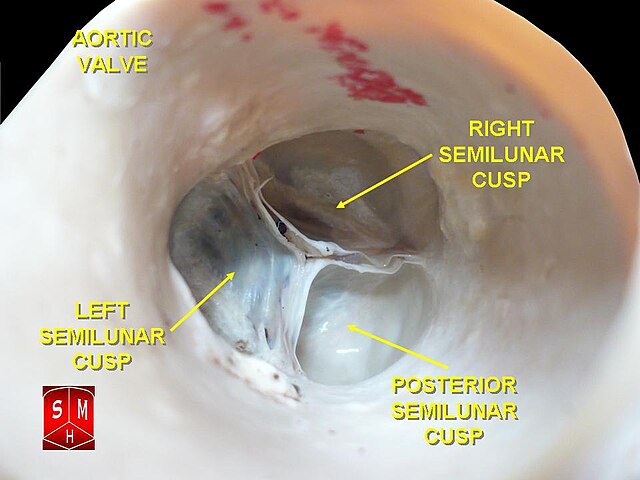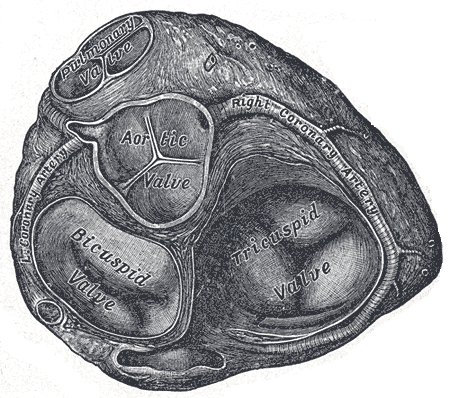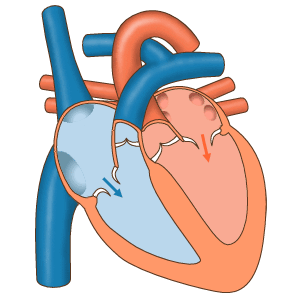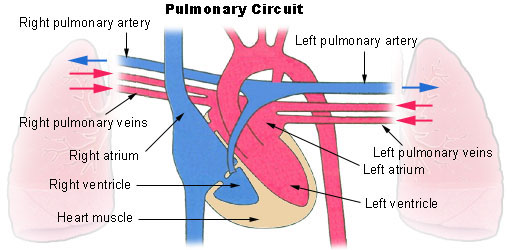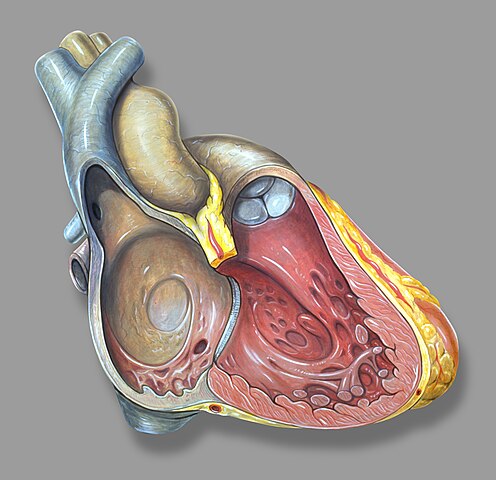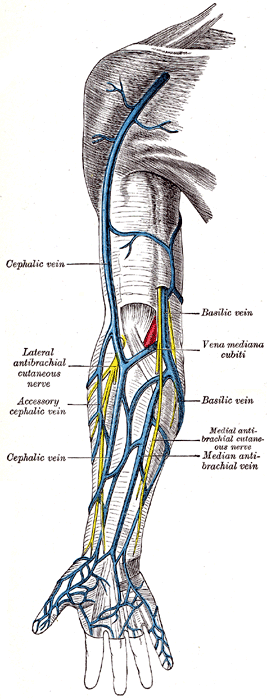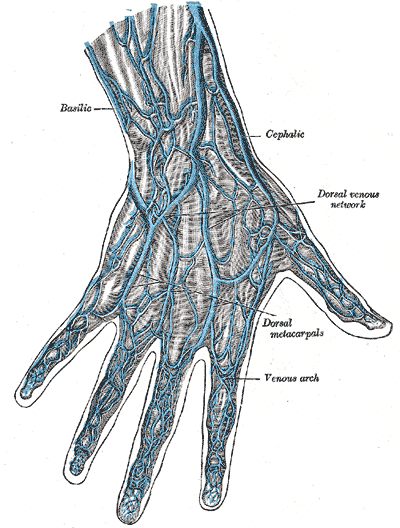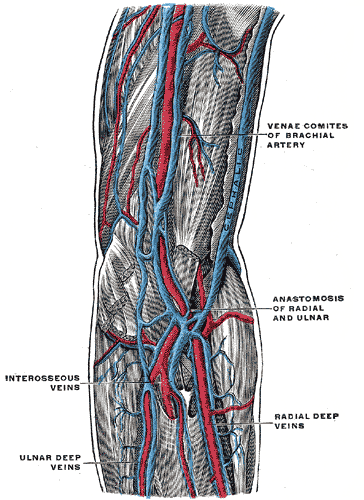We've learned that the heart wall's soft inner most layer is the endocardium, the second layer of muscle is the myocardium and the third protective layer is the epicardium
There is a protective bag outside the heart that is called the pericardium.
The pericardium has liquids in it, and it keeps the heart from getting shaken with every movement the body makes.

(from: wikipedia - pericardium)
Kid Facts - Blast from the past: Brachial Artery
